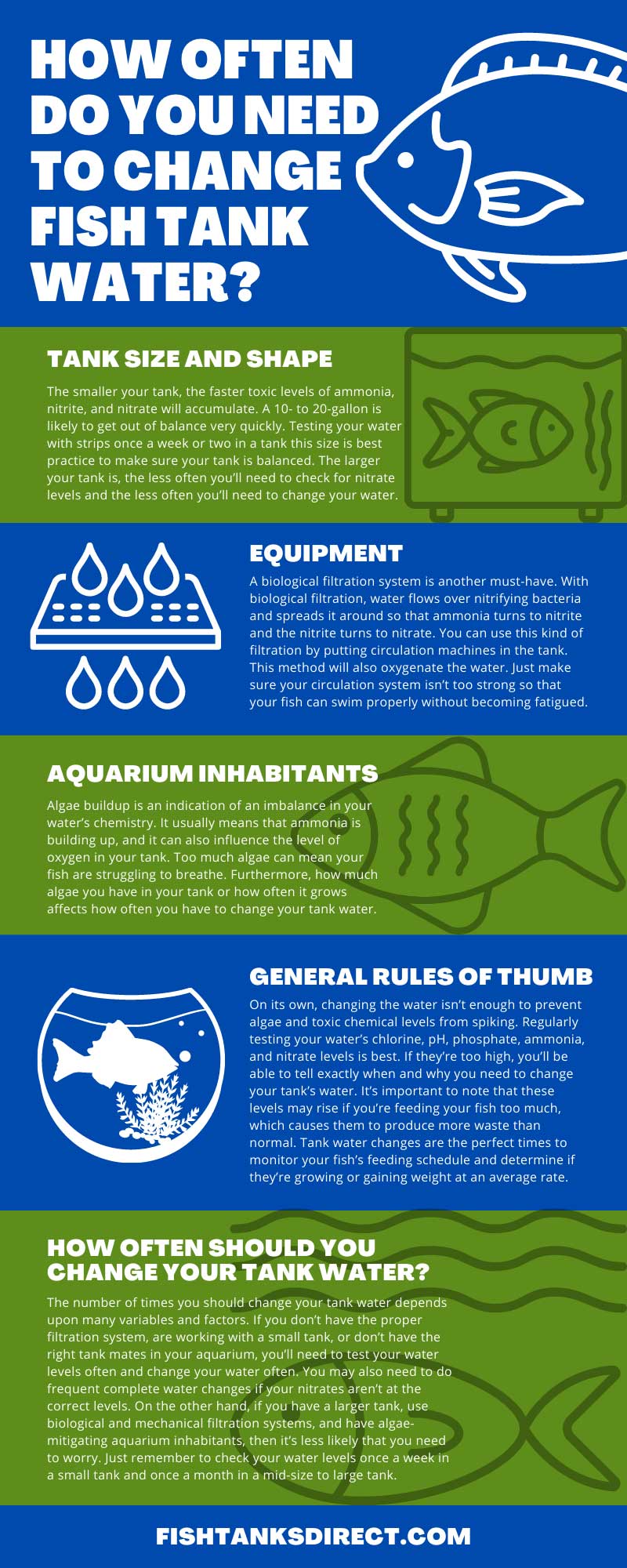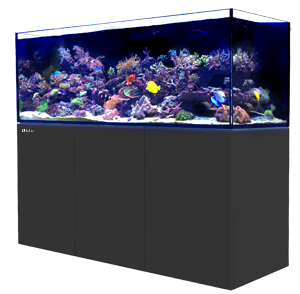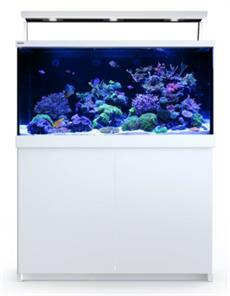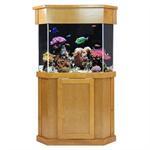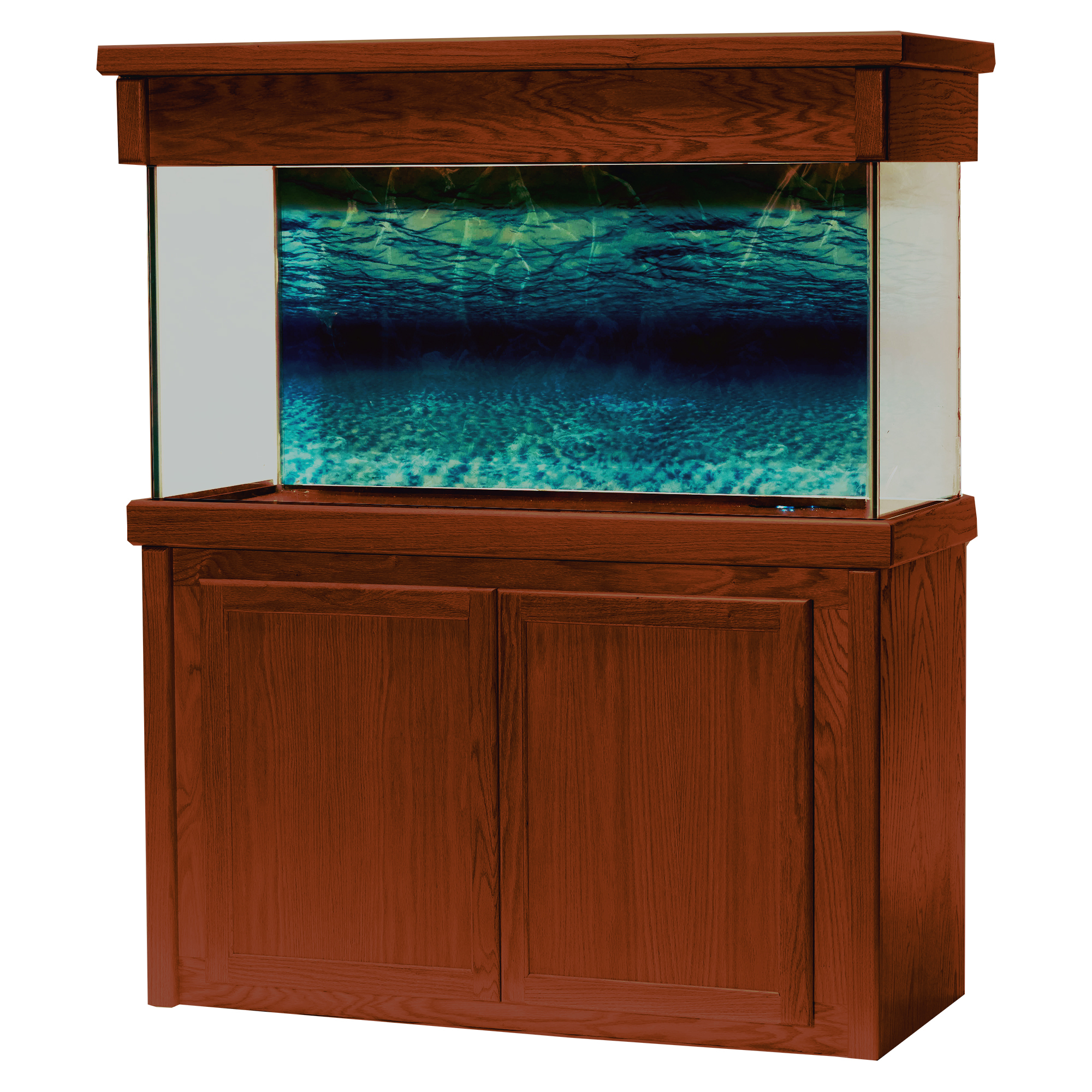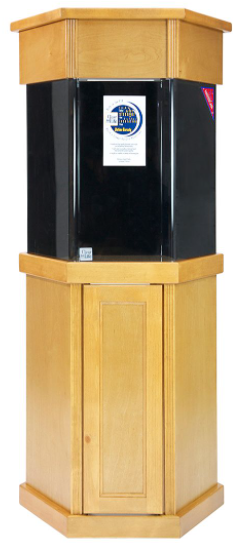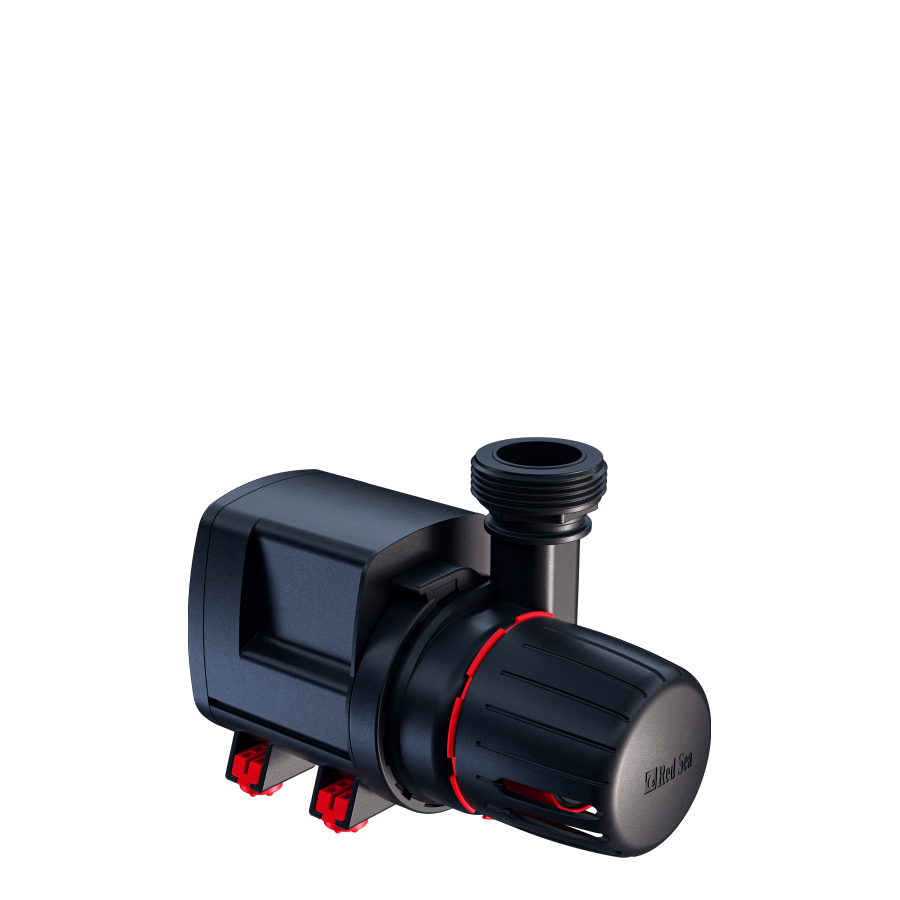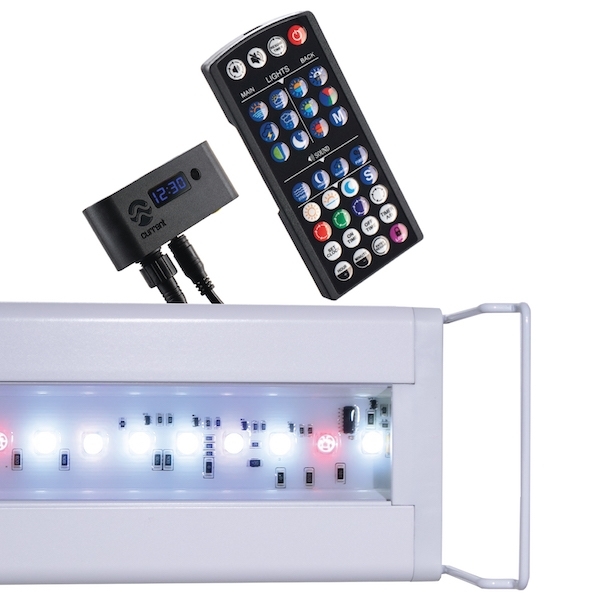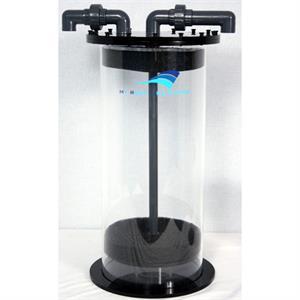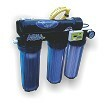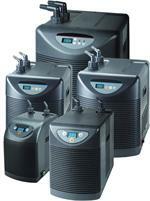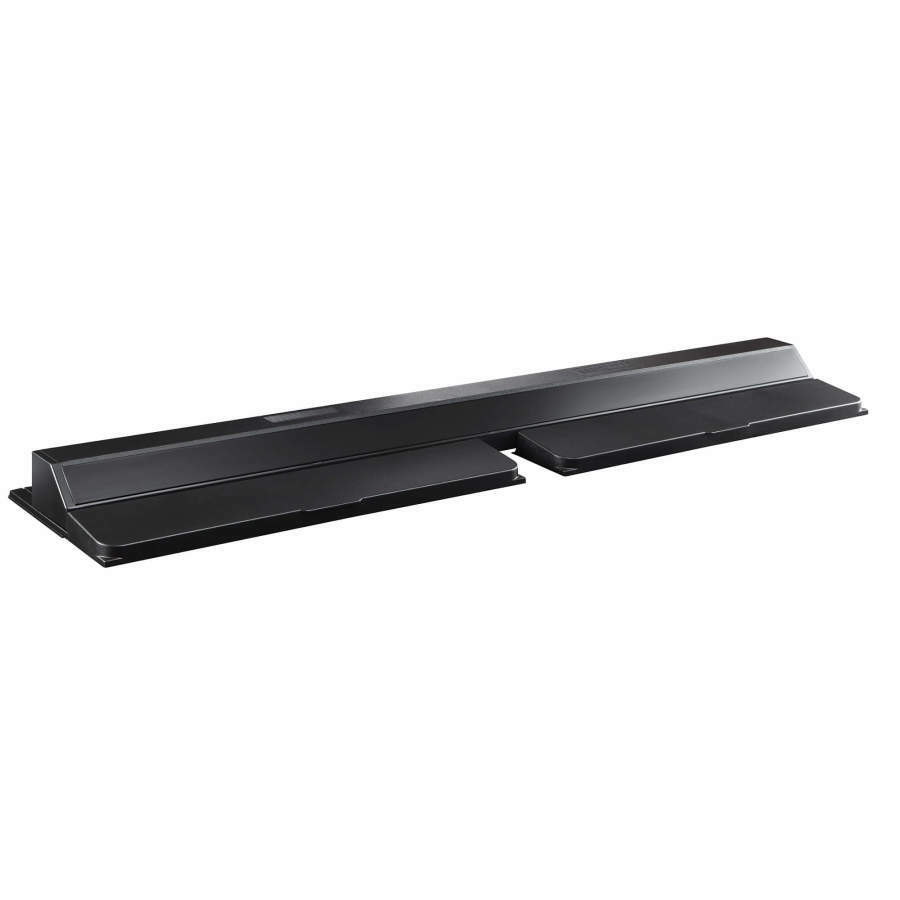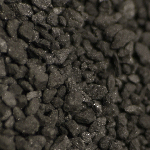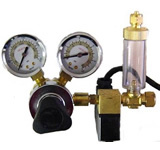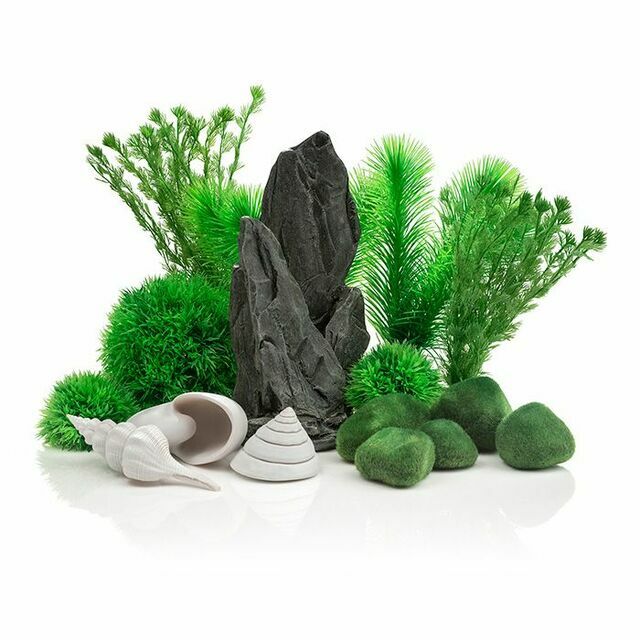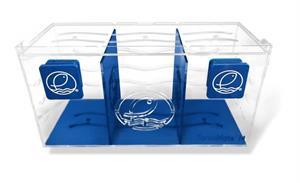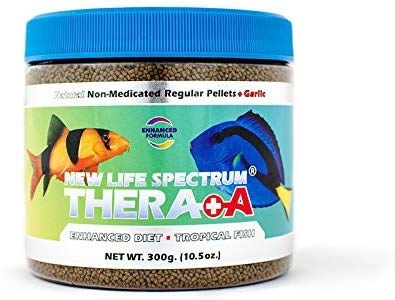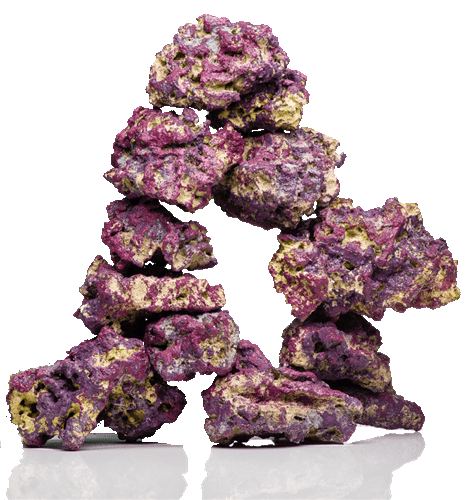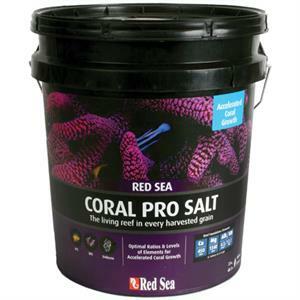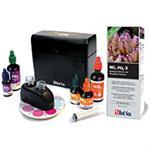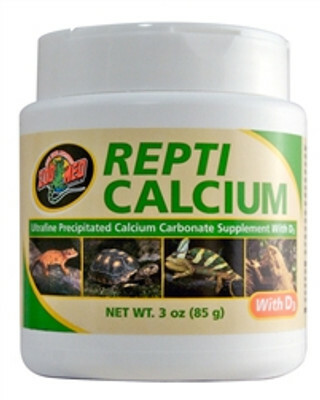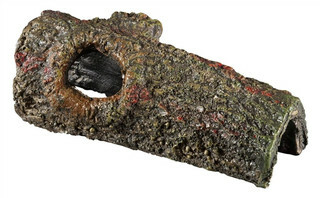How Often Do You Need To Change Fish Tank Water?
Fish Tanks Direct on Jun 23rd 2022
Knowing when to change the tank water varies widely from aquarium to aquarium. Your tank’s size, inhabitants, and more all affect the time frame. Managing your tank’s water is critical to the health of your fish, so knowing exactly what to do is an essential component of keeping an aquarium. This article will be your ultimate guide to how often you need to change your fish tank’s water.
Water Management
Understanding the components of water management is critical if you want to know how often you should change your tank water. First, you’ll have to check your water’s nitrate levels once a week for a small tank and once a month for a large tank. As fish produce waste, they release ammonia into the aquarium and raise nitrite levels in the tank. If you’re not careful, these levels can skyrocket to a toxic and deadly degree. You want the nitrites to turn into nitrate, which is much less harmful to your fish.
After good bacteria turns the ammonia to nitrite and then the nitrite to nitrate, you should change your tank water once the nitrate levels reach a certain level. Ideally, this level should remain under 25 parts per million (ppm). This is why it’s critical to test your water with water testing kits.
Factors That Affect How Often You Should Change Your Tank Water
Tank Size and Shape
The smaller your tank, the faster toxic levels of ammonia, nitrite, and nitrate will accumulate. A 10- to 20-gallon is likely to get out of balance very quickly. Testing your water with strips once a week or two in a tank this size is best practice to make sure your tank is balanced. The larger your tank is, the less often you’ll need to check for nitrate levels and the less often you’ll need to change your water.
You can still easily maintain aquariums around the 60- to 90-gallon range, but they’ll need a consistent schedule. Cleaning these tanks takes longer, but you’ll also need to clean them less often, as they’re less likely to spike in nitrates than small or nano-tanks. You really only need to test a larger tank once a month.
Equipment
How often you need to change your tank water also depends on the type of equipment in your tank. For example, a good filter will mitigate nitrate and algae levels, but not all filters are built the same, and you’ll need more than one kind. Your tank should always have a mechanical filter appropriate for the size of the tank and for the size of your fish, as it’s critical in reducing the waste in your tank’s water. Mechanical filters come with many different catchers, such as sponges, foam, or polishing cloths. If you’re not sure which you need, professionals usually use a large and fine filter to catch as much waste as possible.
A biological filtration system is another must-have. With biological filtration, water flows over nitrifying bacteria and spreads it around so that ammonia turns to nitrite and the nitrite turns to nitrate. You can use this kind of filtration by putting circulation machines in the tank. This method will also oxygenate the water. Just make sure your circulation system isn’t too strong so that your fish can swim properly without becoming fatigued.
Without a biological filtration system, your tank won’t be able to promote healthy bacteria colonies, and you’ll need to change your tank water much more often. However, no matter what filtration system you have, you should clean it at least once a month to prevent waste buildup in the filter. An overload of waste will just put more harmful bacteria back into the tank.
To summarize, if you have both of these filtration systems and maintain the, you won’t have to change your water as often as you would without them.
Aquarium Inhabitants
Algae buildup is an indication of an imbalance in your water’s chemistry. It usually means that ammonia is building up, and it can also influence the level of oxygen in your tank. Too much algae can mean your fish are struggling to breathe. Furthermore, how much algae you have in your tank or how often it grows affects how often you have to change your tank water.
However, if your aquarium’s inhabitants have their own cleaning crew, the amount of algae your tank accumulates will drop significantly. If you have plants in your tank, they’ll also get rid of algae and prevent them from forming. Plants kill algae by consuming the nutrients they live off of. This will cause the growth rate of the algae to plummet. The same applies if you have algae-eaters in your tank such as ramshorn snails. They eat algae like lightening, allowing your plants or filter to pick up any leftover waste and mitigating the risk of buildup.
If you have these tank mates in your aquarium, you’re in a great position not to have to change your tank water as often.
General Rules of Thumb
On its own, changing the water isn’t enough to prevent algae and toxic chemical levels from spiking. Regularly testing your water’s chlorine, pH, phosphate, ammonia, and nitrate levels is best. If they’re too high, you’ll be able to tell exactly when and why you need to change your tank’s water. It’s important to note that these levels may rise if you’re feeding your fish too much, which causes them to produce more waste than normal. Tank water changes are the perfect times to monitor your fish’s feeding schedule and determine if they’re growing or gaining weight at an average rate.
There are plenty of easy-to-use water testing kits that will show you these levels and help you manage your tank. If your nitrates are at the correct level, you need to change only 30 percent of the tank’s water to maintain its balance; you don’t have to do an entire tank change.
How Often Should You Change Your Tank Water?
The number of times you should change your tank water depends upon many variables and factors. If you don’t have the proper filtration system, are working with a small tank, or don’t have the right tank mates in your aquarium, you’ll need to test your water levels often and change your water often. You may also need to do frequent complete water changes if your nitrates aren’t at the correct levels. On the other hand, if you have a larger tank, use biological and mechanical filtration systems, and have algae-mitigating aquarium inhabitants, then it’s less likely that you need to worry. Just remember to check your water levels once a week in a small tank and once a month in a mid-size to large tank.
Knowing when to change your tank water can be nerve-racking for beginners and seasoned professionals alike. But now that you know how often you need to change your fish tank water, you don’t have to worry about watching your tank like a hawk.
If you’re looking to give your fish a fresh, clean start, you don’t even have to leave the comfort of your home with Fish Tanks Direct. We have aquarium tanks for sale online, so you can easily give your fish a new, clean aquarium and use your newfound knowledge.
